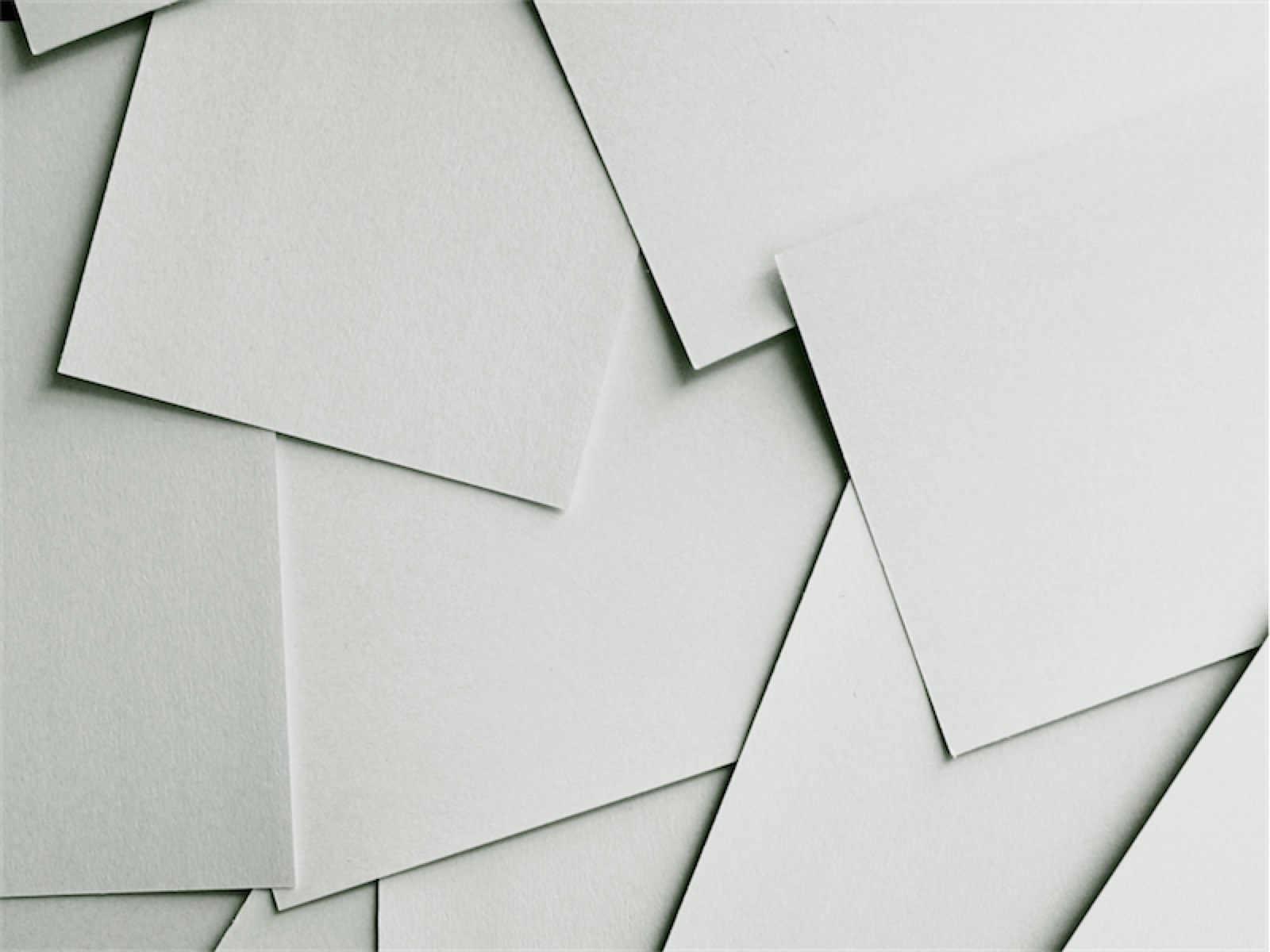Geometric abstraction and more
Straight lines. Simple forms. Black and white. Twisted lines. Compositional intricacy. Vivid colours. Fascinating.
My passion for drawing began in my early childhood, while visiting my cousin we drew top view of the city streets on big pieces of paper to have a map for miniature cars we played with. (At that time we didn’t have the carpets with a city/street map view for kids) For a while we had technical drawing at school. I love clear forms and lines. I can look for hours at architecture that has clear lines and sophisticated forms. I have developed a ‘feeling’ about the forms, lines and colours and how they can work together. Being able to see works of great artists like Albers, Vasarely, Dali and Ernst, assured me that this is definitely an exciting art form with a great energy. Every human being is processing the world around him/her differently, and we interact with it differently. That is what I was trying to find – a form of expression.
Never trained in classic arts, I struggled with portraits and still life. But I always used pencil and paper to sketch and let my fantasy flow with geometric forms and lines. They are simple. They don’t judge. They cannot be really compared with an original. Because its abstract, there is just my fantasy. I pursued a career of a designer. At the university we had classic drawing classes. One of the exercises I won’t forget was a ‘Thousand lines’ drawing. On a DIN A3 freehand, without touching the line one drew before. An homage to Sol Lewitt work ‘Vertical Lines, Not Touching’. This was a fascinating experience for me. You need steady movement, sharp pencil and patience. I loved it. The tension, the silence and the concentration. The flow state one gets while drawing line by line, as straight as possible. Since that time I draw as much as I can on almost every paper/surface. :) Through iteration of lines and forms my personal style crystallised. I started combining lines with different forms with a touch of dimension and optical illusion. I usually work with dot paper, ruler and a pencil. I occasionally draw freehand, but that leads the drawing in the doodle direction what I am not really fond of. The size of my drawings is mostly small – up to DIN A4 size. I really like using different line strength. I create these when I apply ink to the drawings. The thickness may vary from 0,05 mm to 2 mm. Currently I experiment with bigger paper sizes and adding watercolour to the background. Most of the time my drawings happen spontaneously. I express my current mood or thoughts in it. But also the processed visual input I get after traveling, reading a book or visiting a museum.
I think drawing extends my consciousness and gives me opportunity to express my minimalistic, abstract-ticking mind into something physical. For a long time I couldn’t put my art style in to an art style box. I was insecure about ‘if what I draw is needed’ and would it be understood or not. But art is really just about expressing the connection between the outer and inner world of a human being. And for a while I stopped trying to find a box my art would fit in. But one Instagram follower told me that my art could fit into a geometric abstraction category. Since then this is one of the artistic movements I explore, get inspiration from and learn from. Thank you.
You can find my art experiments >here<
I also enjoy other art styles, techniques and movements. As mentioned earlier I experiment with watercolours. I used to paint with acrylics. I always try to find new combinations of materials and techniques. I really get inspired by these art movements:
- Art deco
- Constructivism
- Dada
- Expressionism
- Abstractionism
- De Stijl
- Avantgard
- Op Art
- Hard-Edge painting
- Surrealism
- Impressionism
Being creative and artistic has also a huge impact on my daily design job and I really like it. So get out there visit museum, art galleries, travel more – find your inspiration!
Reading recommendations:
To learn more about geometric abstraction you can read these articles:
- ‘Geometric Abstraction.’ In Heilbrunn Timeline of Art History, by Magdalena Dabrowski – read here
- Geometric abstraction, on Google Arts and Culture – read here
- ‘Abstract Art’, Art Terms, on tate.org.uk –read here
- ‘Geometric Abstract Art Today – The Return to the Angular’, by Angie Kordic, on widewalls.ch– read here
Quote of the week:
“Painting is easy when you don’t know how, but very difficult when you do.”
― Edgar Degas




